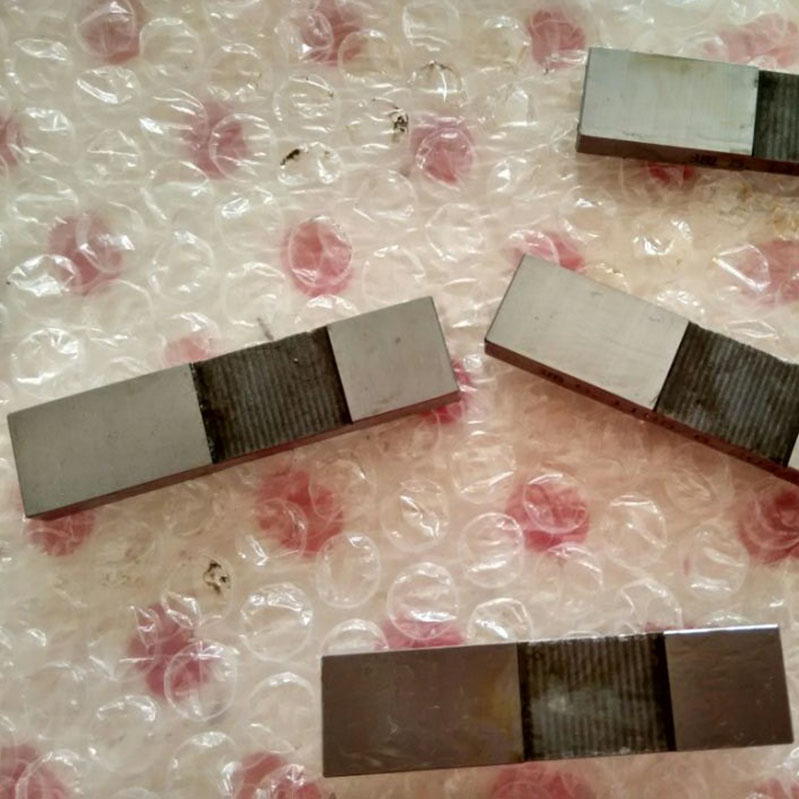Dec . 13, 2024 14:33 Back to list
control valve and its types
Control Valves and Their Types
Control valves are essential components in various industrial processes, utilized to regulate the flow, pressure, and temperature of fluids. These valves operate by adjusting the size of the flow passage in response to signals from a controller, thereby controlling the flow rate and ultimately maintaining the desired operating conditions. Understanding the different types of control valves is crucial for engineers and technicians involved in system design, implementation, and maintenance.
The Purpose and Function of Control Valves
The primary function of a control valve is to modulate the flow of fluids through a system. They are commonly used in industries such as oil and gas, water treatment, chemical manufacturing, and HVAC systems. By adjusting the opening of the valve, operators can control the flow rate, reduce pressure, and maintain temperature within desired limits. This capability is vital for optimizing process efficiency, ensuring safety, and minimizing energy consumption.
Control valves can respond to various signals, often provided by a process controller. These signals can be in the form of pneumatic, hydraulic, or electronic impulses. The valve's actuator interprets these signals and adjusts the valve position accordingly. The specific design and type of control valve used depend on the application requirements, including the nature of the fluid, pressure, temperature, and flow characteristics.
Types of Control Valves
There are several types of control valves, each designed to meet specific operational needs. The most common types include
1. Globe Valves These valves are characterized by a spherical body shape and are commonly used for throttling purposes. The flow control is achieved by moving a plug or disc up and down within the valve body, providing precise flow adjustment. Globe valves are ideal for applications where a steady flow is required, but they have higher pressure drops compared to other valve types.
control valve and its types

2. Ball Valves Ball valves feature a hollow, perforated sphere that rotates within the valve body to control flow. When the ball is aligned with the pipe, flow is unrestricted; when it is perpendicular, flow is stopped. Though primarily used for on/off control, with the right design, ball valves can also perform throttling. They are favored for their low pressure drop and quick operation.
3. Butterfly Valves Utilizing a rotating disc to modulate flow, butterfly valves are lightweight and offer compact design. They are widely used for large pipes and low-pressure applications. The disc is positioned in the middle of the pipe and can be rotated to varying degrees to control the flow. Their primary advantage lies in their ability to handle large volumes with minimal resistance.
4. Gate Valves Gate valves provide a straight-flow path and are largely used for on/off service. They consist of a gate or wedge that moves vertically to open or close the valve, making them unsuitable for throttling. Their main advantage is that they have minimal pressure drop and can fully open or close a flow with little restriction.
5. Check Valves Though not control valves in the traditional sense, check valves play a critical role in preventing backflow in pipelines. They automatically close when fluid attempts to reverse direction, ensuring that the system remains pressurized. Various designs exist, including ball check valves and swing check valves, each suited for different applications.
6. Positioners While not a type of valve, positioners are integral to the control valve system. They ensure that the valve opens or closes to the precise position required by the control system. This precision is essential for accurate flow control and is often necessary in complex systems where minute adjustments can lead to significant operational changes.
Conclusion
Control valves are invaluable in maintaining the efficiency and safety of industrial processes. The selection of the appropriate type of control valve depends on several factors, including the specific requirements of the application, the fluid characteristics, and the desired flow control accuracy. Understanding the different types of control valves, such as globe, ball, butterfly, gate, and check valves, is essential for optimizing system performance. By ensuring these devices operate correctly, industries can enhance productivity, reduce costs, and ensure safe operations across various applications.
-
Precision Manufacturing with Advanced Spline Gauge DesignNewsJul.31,2025
-
Industrial-Grade Calibrated Pin Gauges for Exact MeasurementsNewsJul.31,2025
-
Industrial Filtration Systems Depend on Quality Filter DN50 SolutionsNewsJul.31,2025
-
High-Performance Gate Valve WholesaleNewsJul.31,2025
-
Granite Surface Plate The Ultimate Solution for Precision MeasurementNewsJul.31,2025
-
Granite Industrial Tools The Ultimate Guide for Bulk BuyersNewsJul.31,2025
Related PRODUCTS









